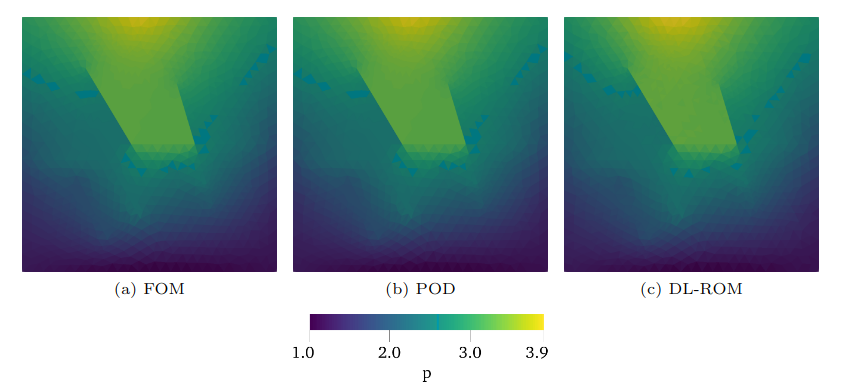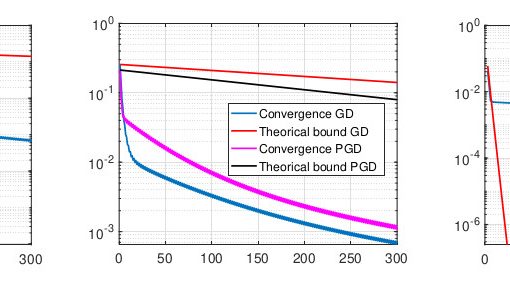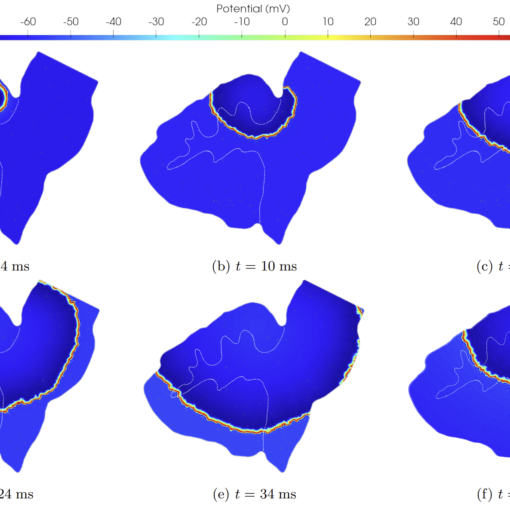A new MOX Report entitled “Application of Deep Learning Reduced-Order Modeling for Single-Phase Flow in Faulted Porous Media” by Enrico Ballini e Luca Formaggia e Alessio Fumagalli e Anna Scotti e Paolo Zunino has appeared in the MOX Report Collection. Check it out here: https://www.mate.polimi.it/biblioteca/add/qmox/25-2024.pdf Abstract: We apply reduced-order modeling (ROM) techniques to single-phase flow in faulted porous media, accounting for changing rock properties and fault geometry variations using a radial basis function mesh deformation method. This approach benefits from a mixed-dimensional framework that effectively manages the resulting non-conforming mesh. To streamline complex and repetitive calculations such as sensitivity analysis and solution of inverse problems, we utilize the Deep Learning Reduced Order Model (DL-ROM). This non-intrusive neural network-based technique is evaluated against the traditional Proper Orthogonal Decomposition (POD) method across various scenarios, demonstrating DL-ROM’s capacity to expedite complex analyses with promising accuracy and efficiency.
You may also like
A new MOX Report entitled “Conforming and discontinuous discretizations of non-isothermal Darcy–Forchheimer flows” by Bonetti, S.; Botti, M.; Antonietti, P.F. has appeared […]
A new MOX Report entitled “A multi-fidelity surrogate model for structural health monitoring exploiting model order reduction and artificial neural networks” by […]
A new MOX Report entitled “Variable reduction as a nonlinear preconditioning approach for optimization problems” by Ciaramella, G.; Vanzan, T. has appeared […]
A new MOX Report entitled “A high-order discontinuous Galerkin method for the numerical modeling of epileptic seizures” by Leimer Saglio, C. B.: […]





